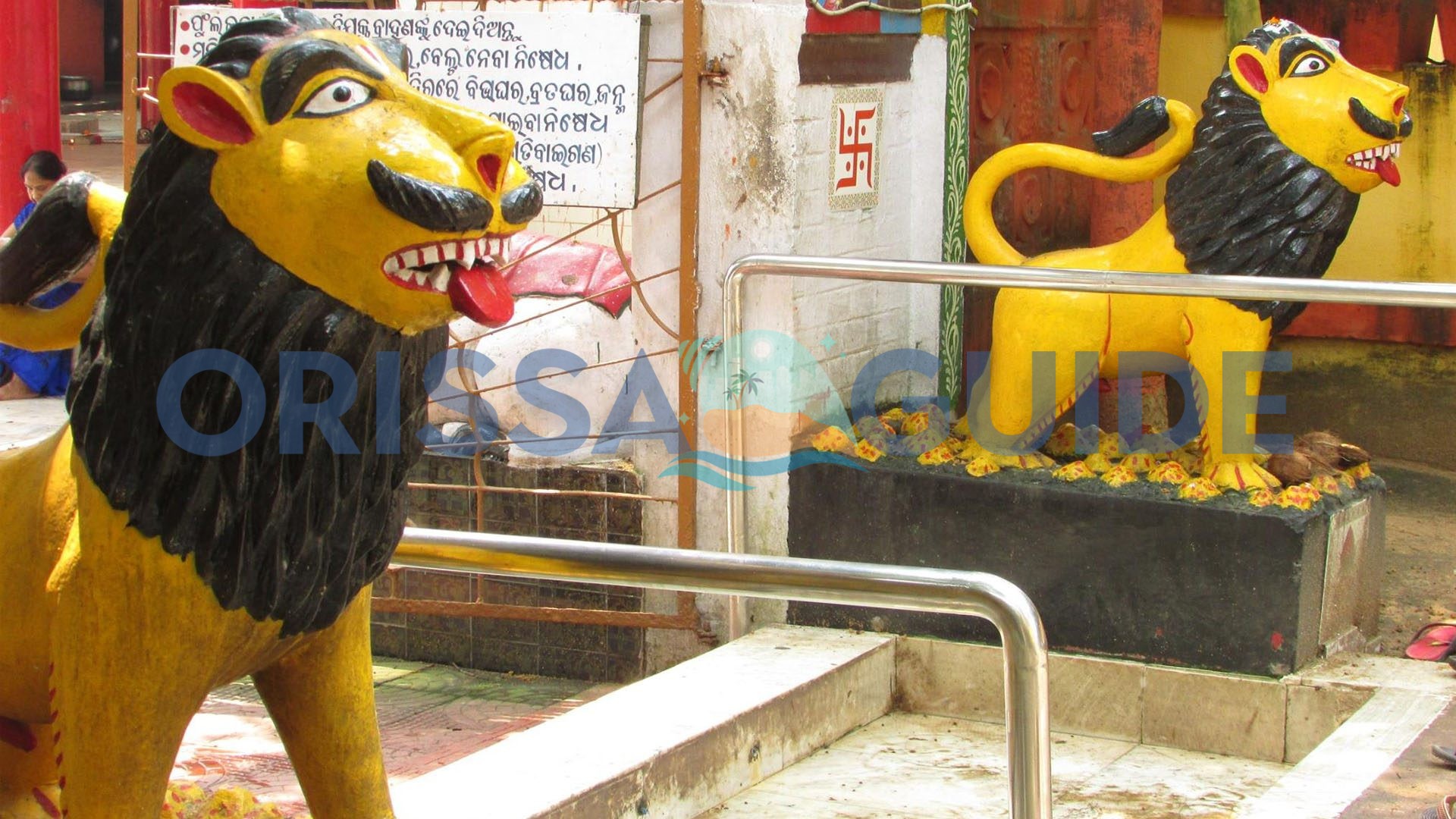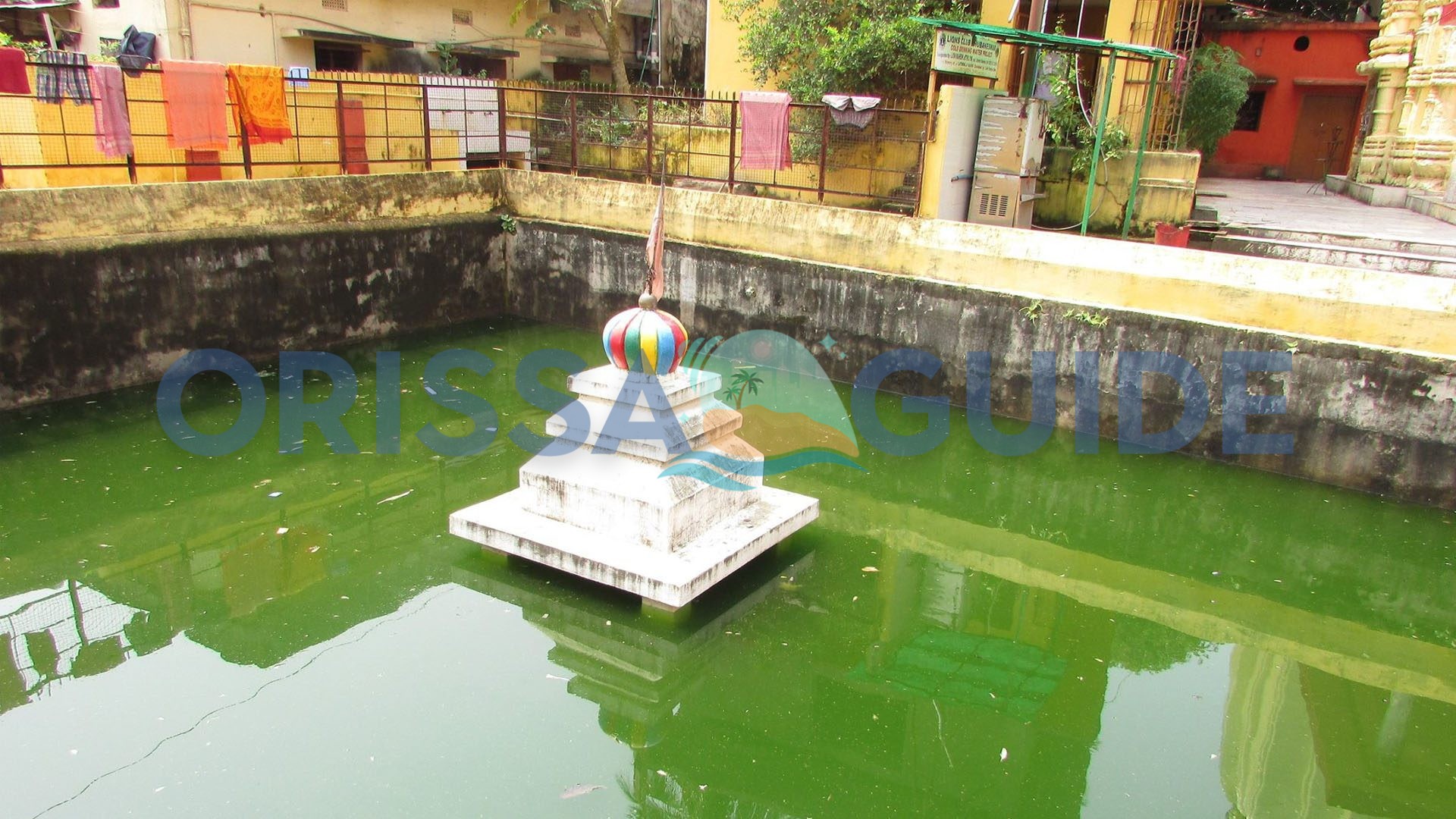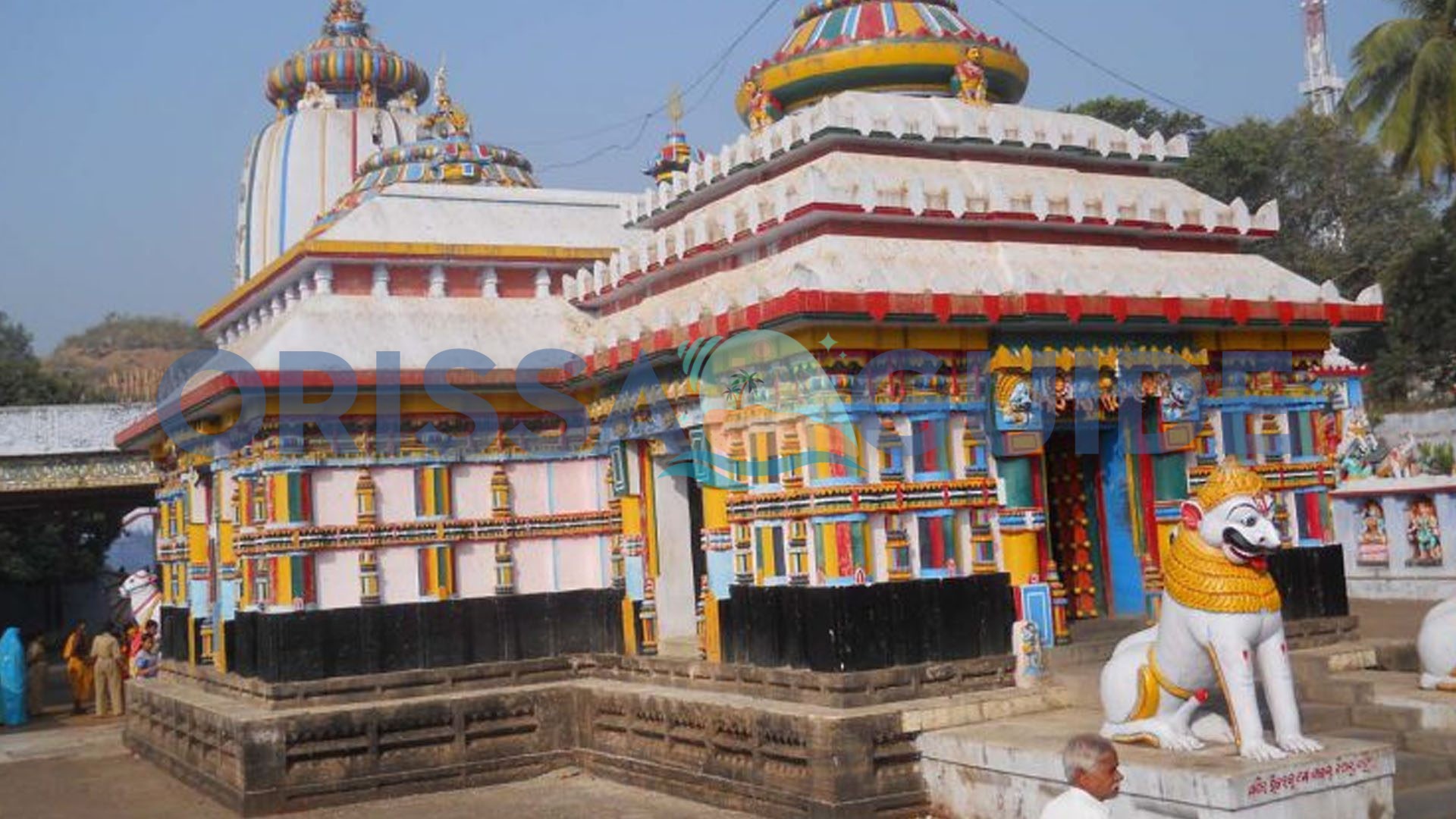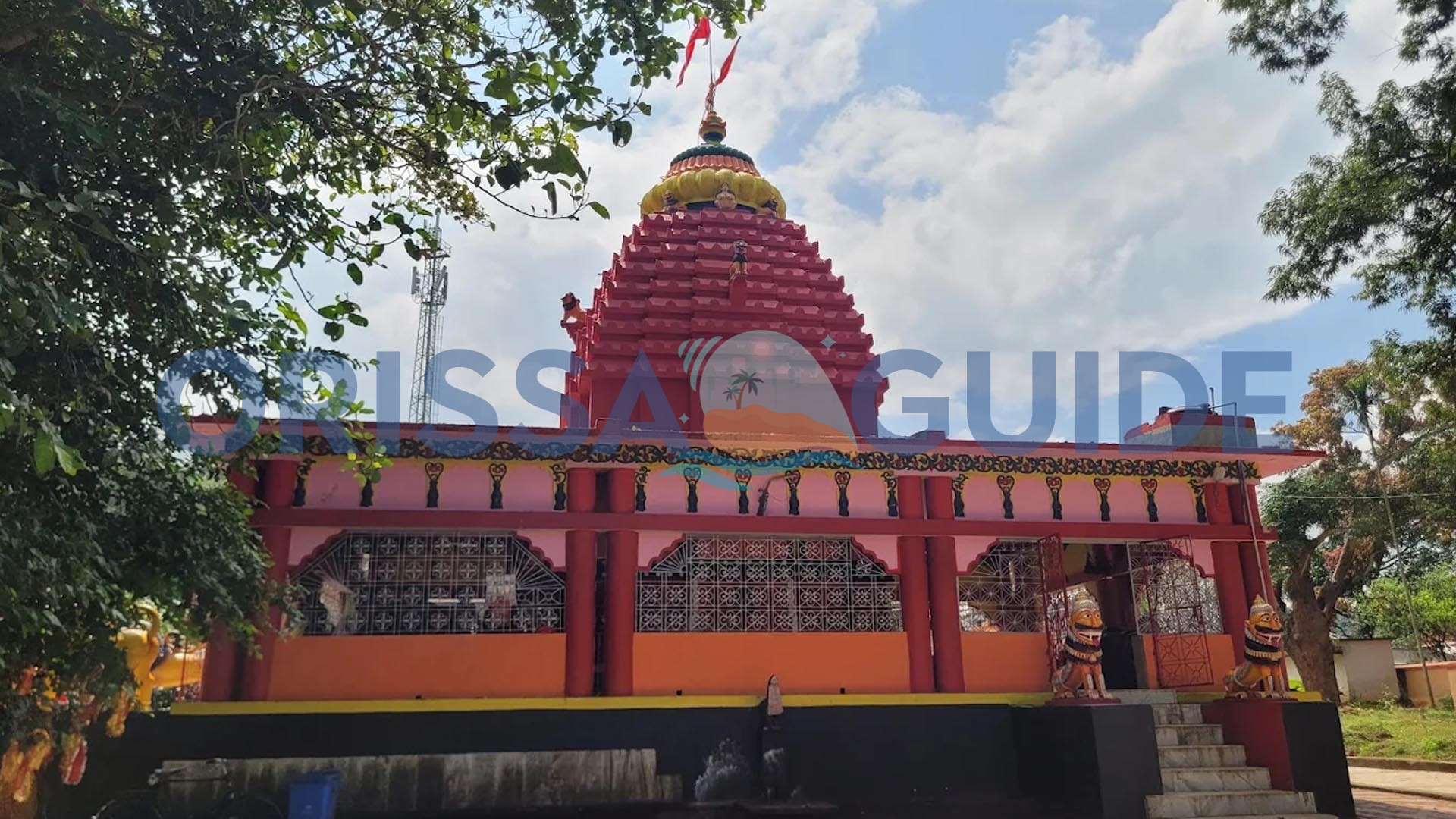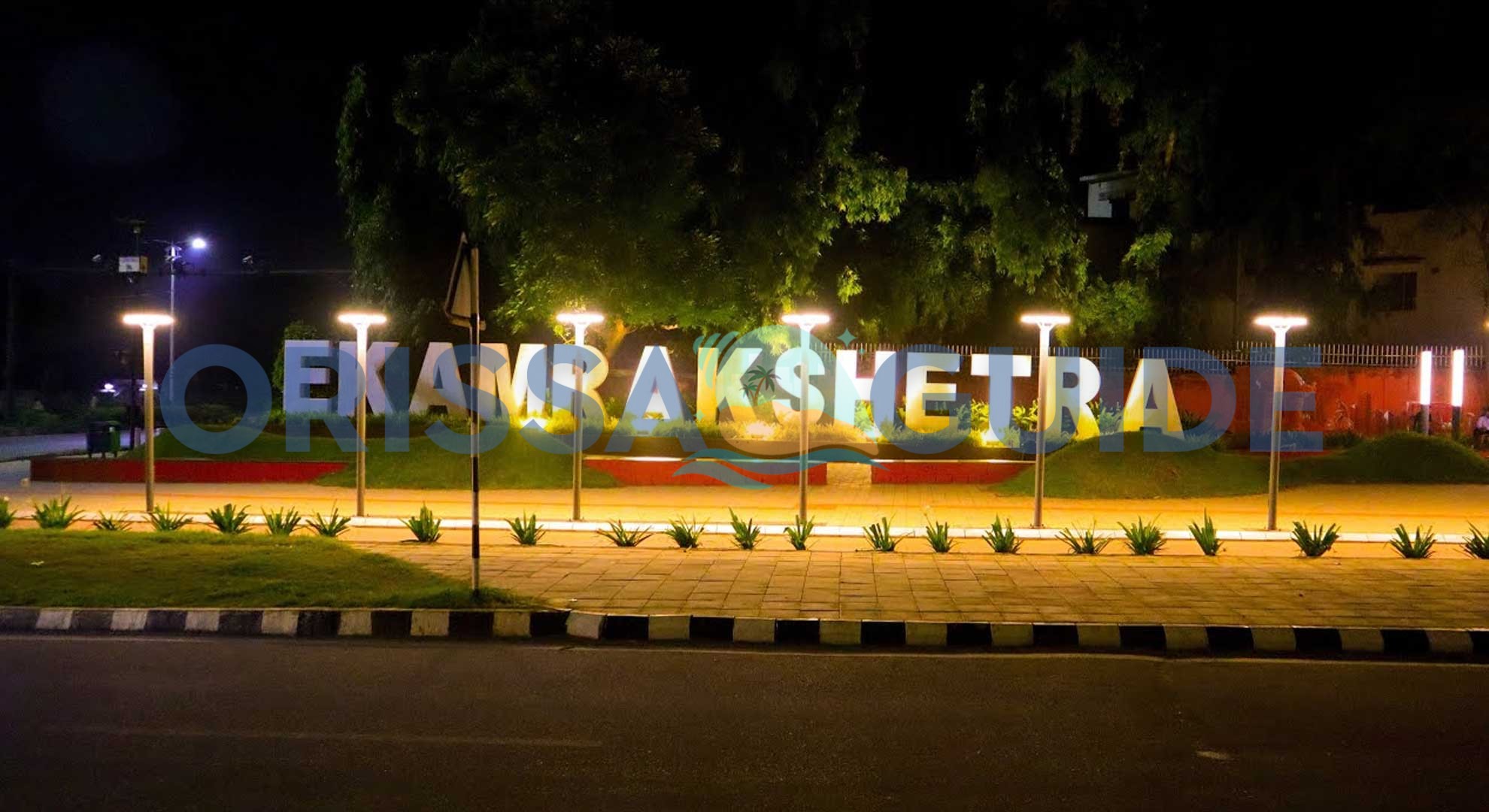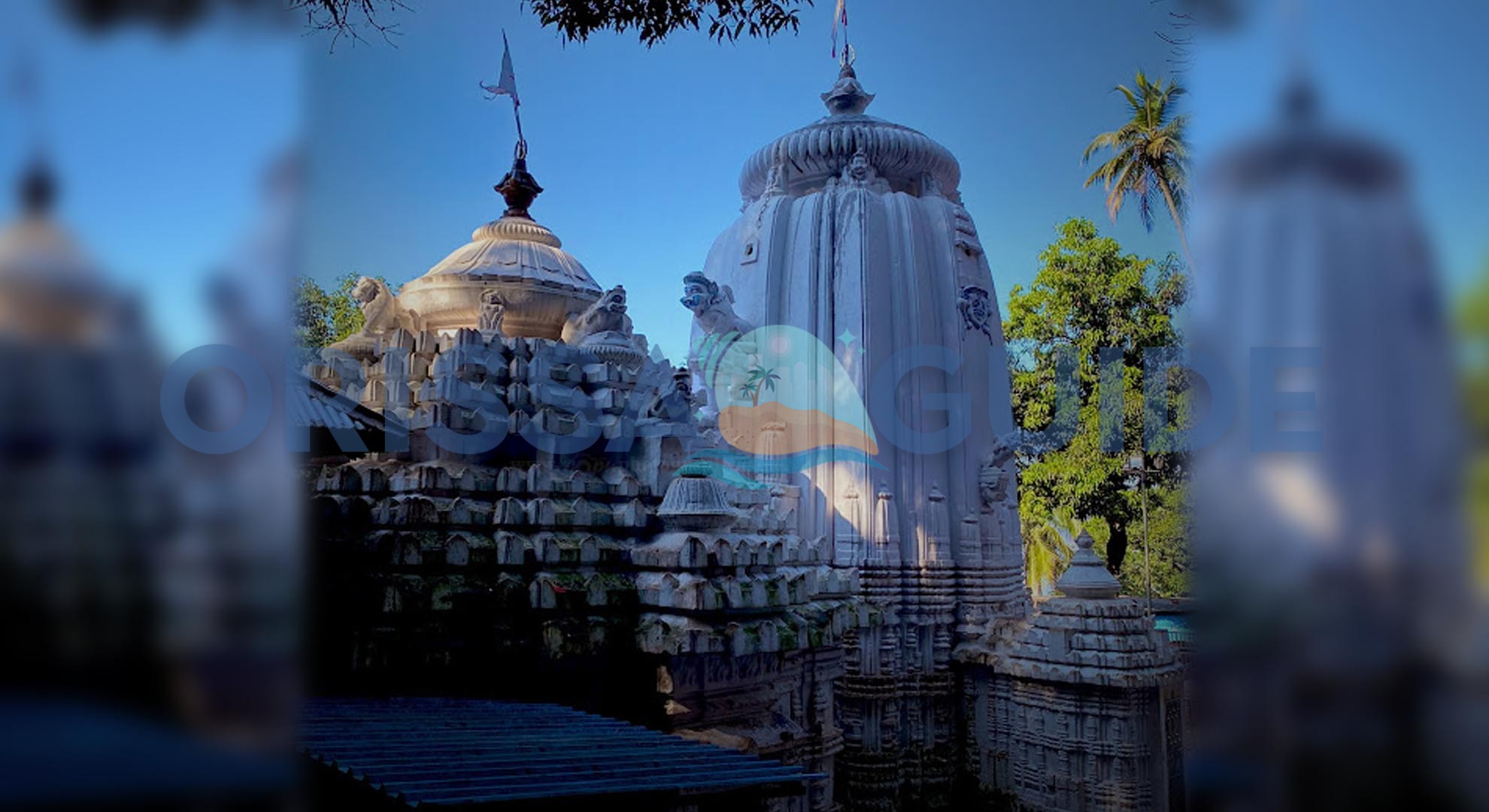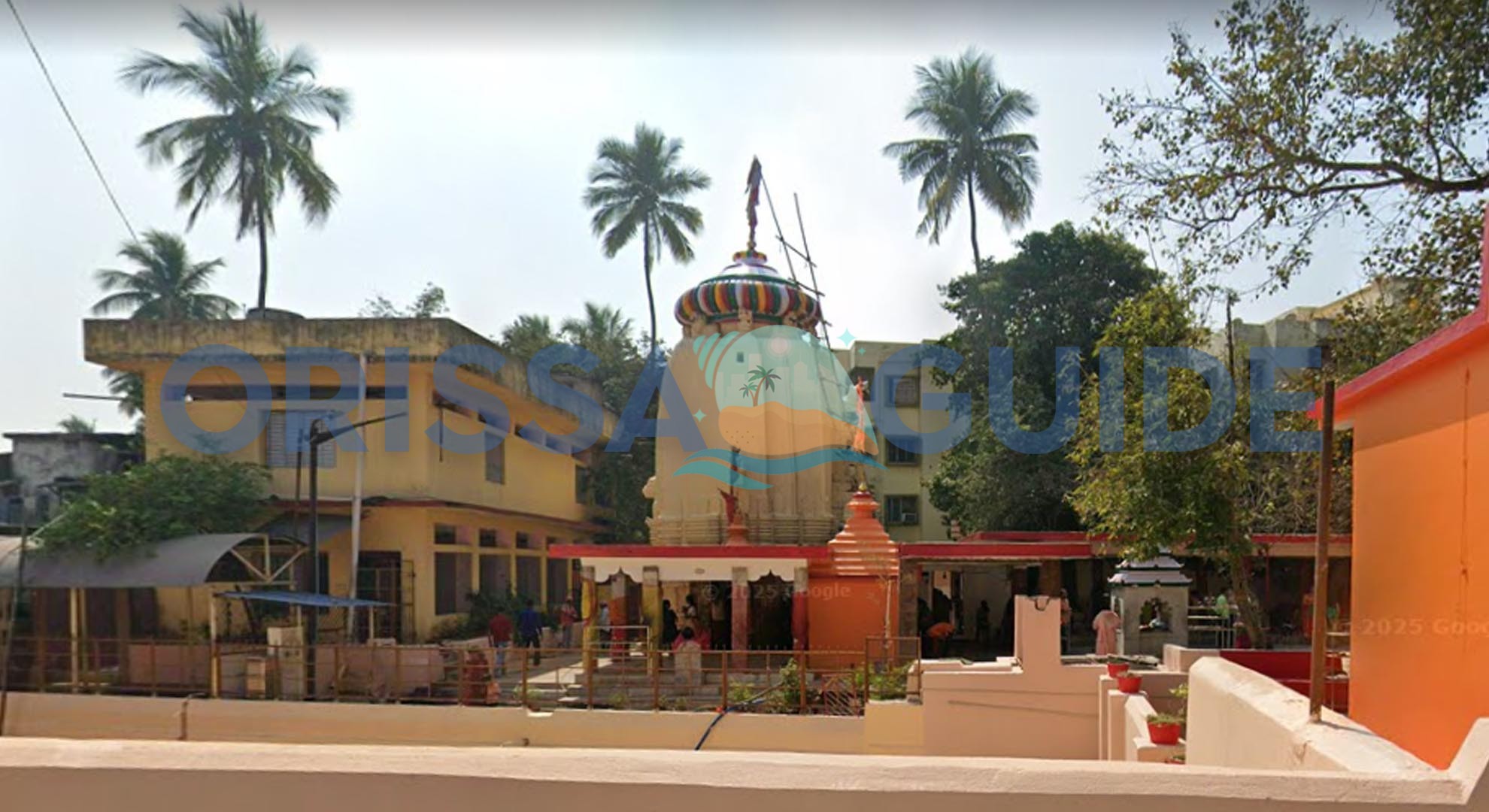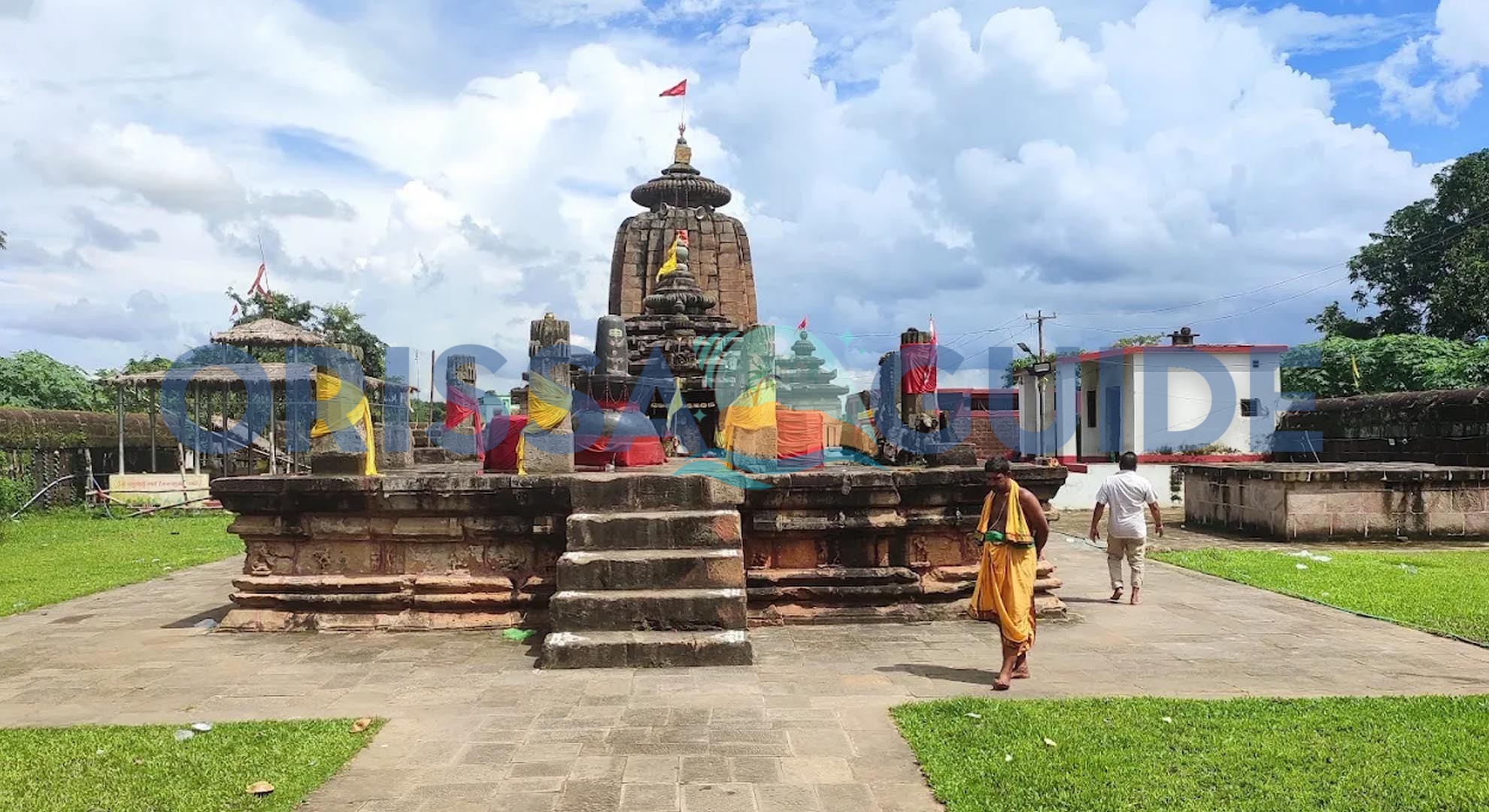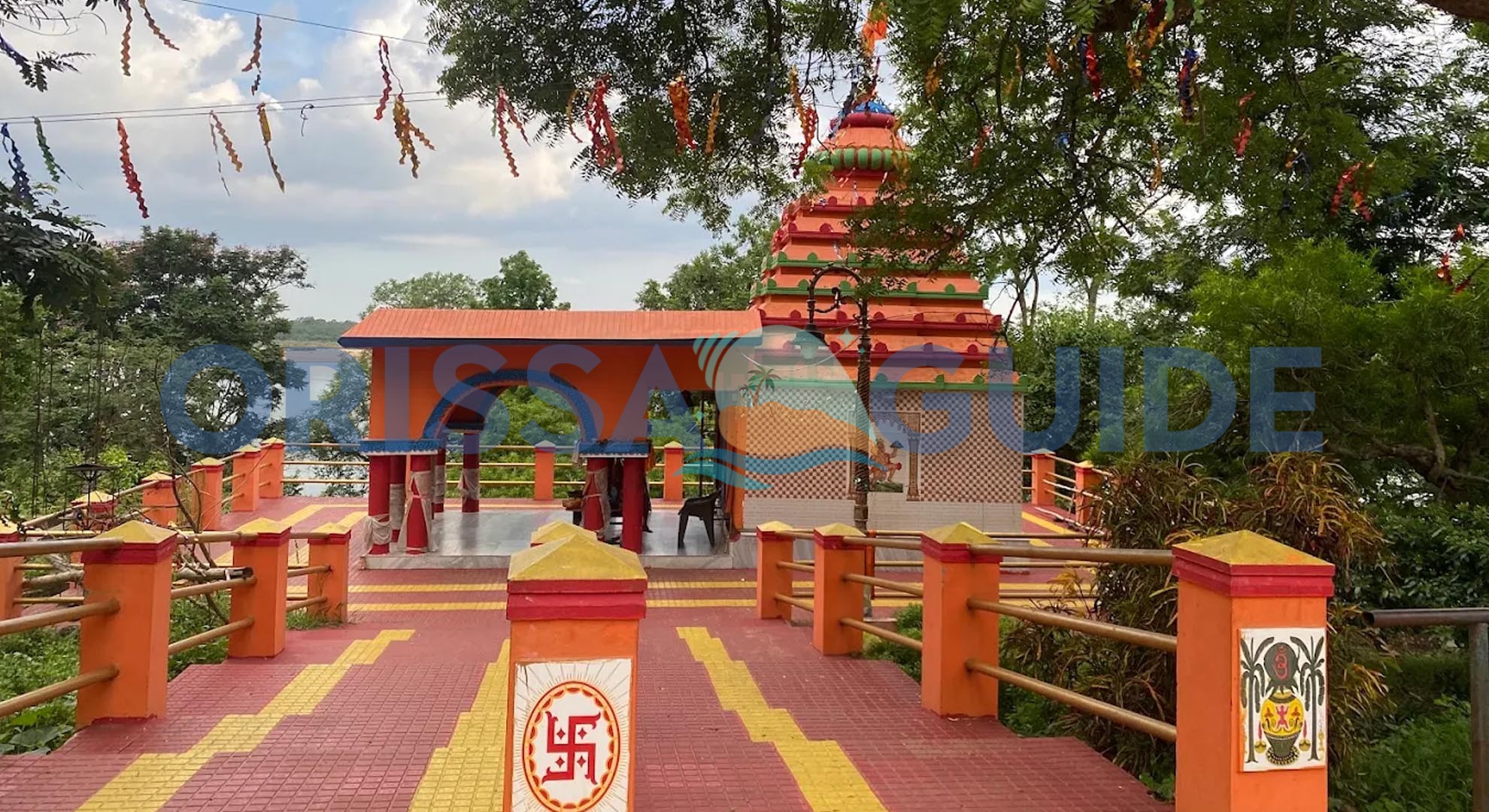Discovering the Hidden Gem, Chintamaniswar Temple in Bhubaneswar, Odisha. Nestled in the heart of Bhubaneswar, the capital city of Odisha, lies a lesser-known but equally captivating monument – the Chintamaniswar Temple. This ancient shrine, often overshadowed by its more famous counterparts, is a testament to Odisha’s rich cultural heritage and architectural prowess. As we embark on this virtual journey, let’s explore why this temple deserves a spot on your Odisha tour itinerary.
A Glimpse into History and Legend
The Chintamaniswar Temple, dedicated to Lord Shiva, has roots that stretch back to the 13th century. Legend has it that the temple was built by a devout king who sought the blessings of Lord Shiva for the prosperity of his kingdom. The name “Chintamaniswar” itself is derived from “Chintamani,” meaning the wish-fulfilling gem, and “Ishwar,” another name for Lord Shiva.
While its exact origins may be shrouded in mystery, the temple stands as a silent witness to the region’s tumultuous history. It has weathered invasions, natural calamities, and the passage of time, emerging as a symbol of resilience and faith.
Architectural Marvel: A Feast for the Eyes
As you approach the Chintamaniswar Temple, you’ll be struck by its distinct Kalinga architectural style – a hallmark of Odisha’s temple architecture. The temple’s spire, or “deul,” rises gracefully against the sky, adorned with intricate carvings that tell tales of mythological significance.
One of the most striking features of the temple is its elaborate stone carvings. From celestial dancers to mythical creatures, every inch of the temple’s exterior is a canvas showcasing the exceptional skill of ancient artisans. The play of light and shadow on these carvings throughout the day creates a mesmerizing spectacle, making it a photographer’s delight.
The temple complex is surrounded by well-manicured gardens, offering a serene environment for reflection and meditation. The contrast between the weathered stone of the temple and the lush greenery around it creates a picturesque setting that’s hard to forget.
Spiritual Significance: A Haven for Devotees
For devotees, the Chintamaniswar Temple is more than just a historical monument. It’s a living, breathing center of worship where age-old traditions continue to thrive. The main deity, Lord Shiva in the form of a lingam, is housed in the sanctum sanctorum.
Throughout the year, the temple comes alive with various festivals and rituals. The most significant among these is Maha Shivaratri, celebrated with great fervor. Devotees throng the temple, offering prayers and participating in night-long vigils. The air fills with the sound of chants and the fragrance of incense, creating an atmosphere of intense spiritual energy.
Planning Your Visit: Making the Most of Your Odisha Tour
If you’re planning to include the Chintamaniswar Temple in your Odisha visit, here’s what you need to know:
Best Time to Visit: While the temple is open year-round, the best time to visit is between October and March when the weather is pleasant. If you want to experience the temple during a festival, plan your trip around Maha Shivaratri (usually in February or March).
How to Reach: Bhubaneswar is well-connected by air, rail, and road. Once in the city, you can easily reach the temple by taxi or auto-rickshaw. It’s located in the Old Town area, close to other famous temples.
Nearby Attractions: Make the most of your trip by exploring other tourist places in Odisha. The Lingaraj Temple, Nandankanan Zoological Park, and Udayagiri and Khandagiri Caves are some must-visit spots in and around Bhubaneswar.
Chintamaniswar Temple: A Vital Piece in Odisha’s Tourism Puzzle
The Chintamaniswar Temple plays a crucial role in promoting Odisha tourism. It’s part of the temple circuit that attracts thousands of pilgrims and history enthusiasts to the state each year. Its proximity to other famous temples in Bhubaneswar makes it an integral part of the city’s cultural landscape.
Moreover, the temple’s location provides an excellent starting point for those interested in ecotour Odisha options. The nearby Chandaka-Dampara Wildlife Sanctuary offers nature trails and elephant rides, allowing visitors to experience the region’s biodiversity.
In conclusion,
the Chintamaniswar Temple is more than just another stop on your Odisha visit. It’s a window into the state’s rich past, a testament to its artistic legacy, and a living center of faith. Whether you’re a history buff, an architecture enthusiast, a spiritual seeker, or simply a curious traveler, this hidden gem has something to offer.
So, the next time you’re planning a tour of Odisha, make sure to include the Chintamaniswar Temple in your itinerary. Let its ancient stones tell you stories of faith, artistry, and the enduring spirit of Odisha. Who knows? You might just find yourself planning your next Odisha visit before you’ve even left!

